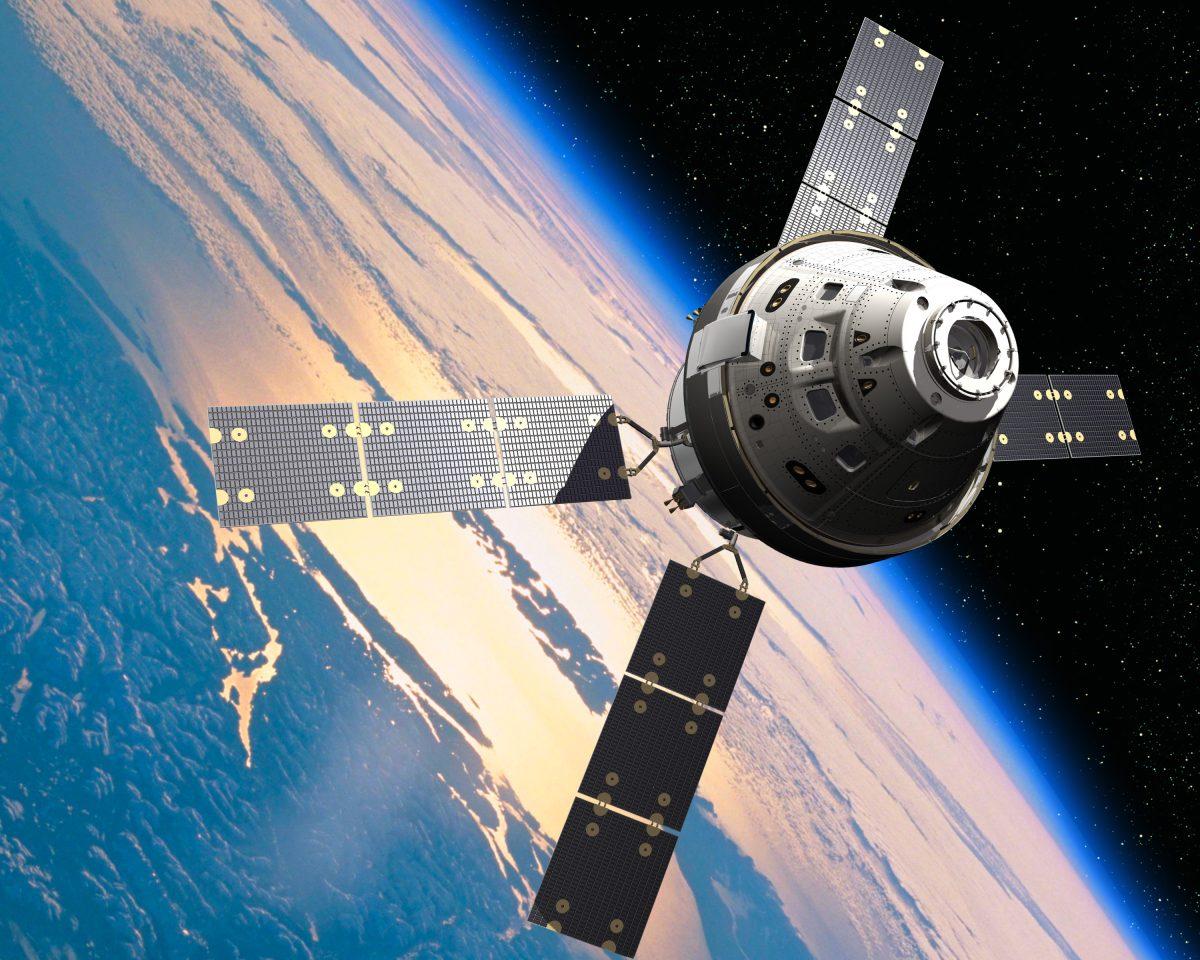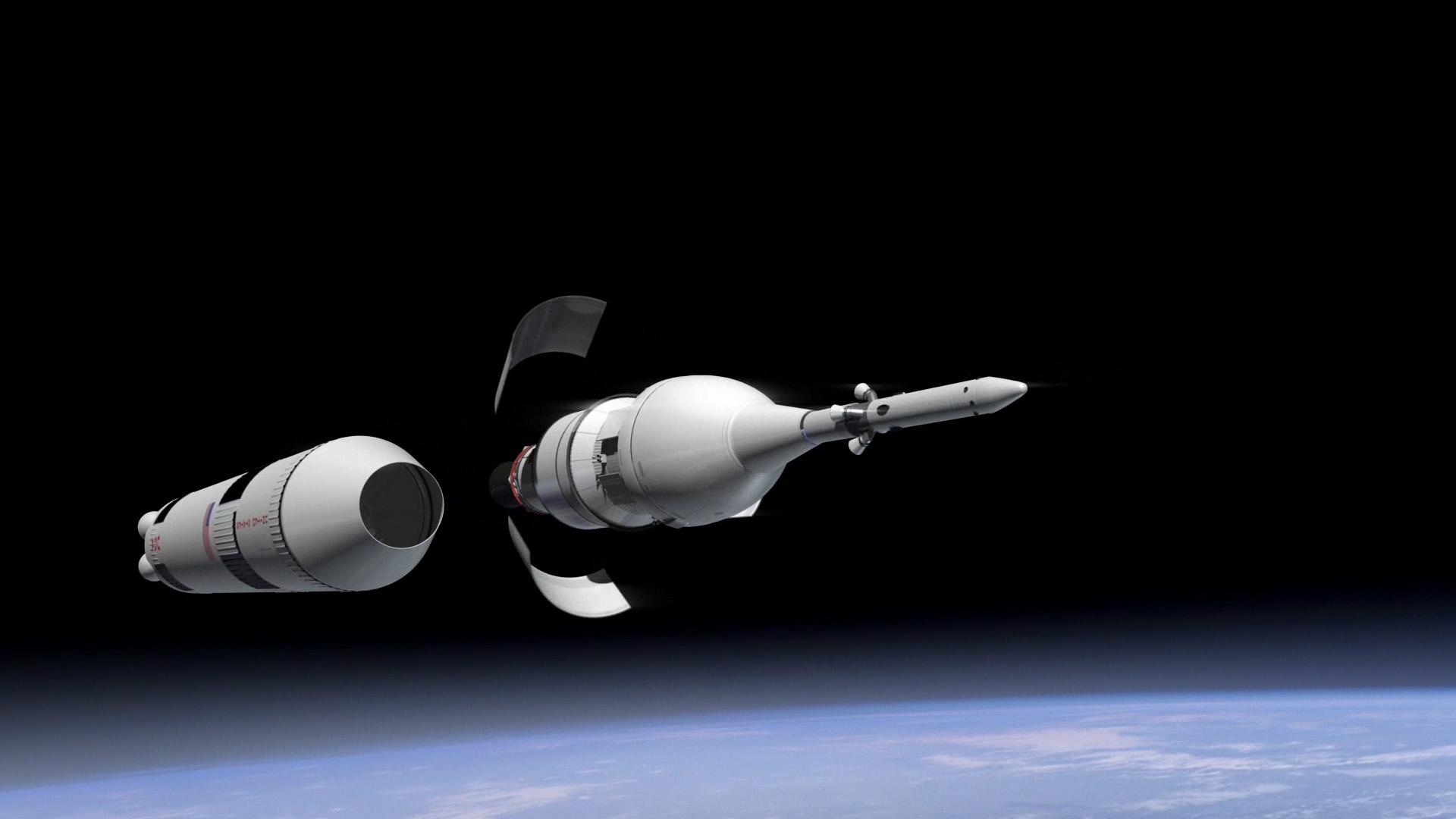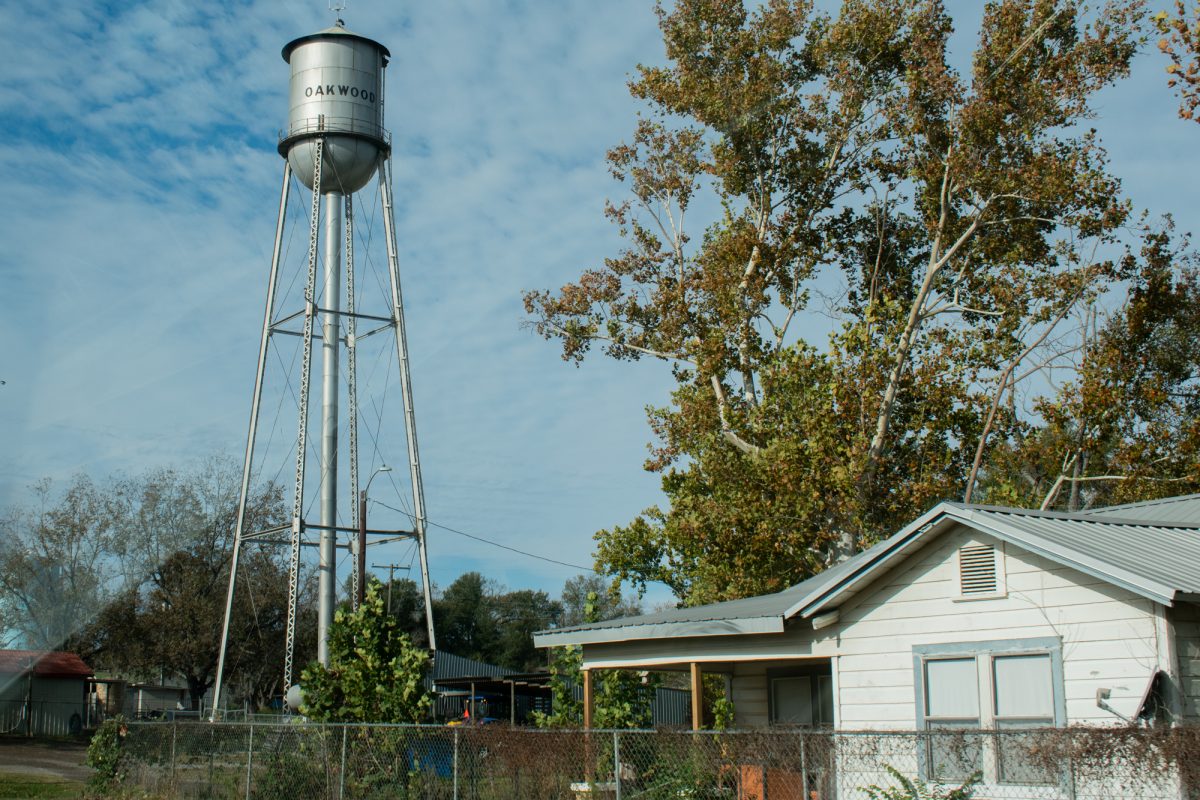It all boiled down to one question — how do you keep an astronaut alive long enough to land on Mars? A spacecraft heavy enough to sustain a manned Martian mission reaches the planet with too much energy to attempt a safe entry, but the fuel necessary to slow down is too heavy to haul into orbit. Vehicle atmospheric drag is a great solution if the occupants are robots, but the human body is very fragile and maneuvers must be restricted.
It was a question I worked on every day over the summer as an intern at NASA Johnson Space Center, and I absolutely loved it. It is easy to dwell on NASA’s past with lazy nostalgia, and 10 weeks of living my childhood dream showed me the future holds an even brighter promise.
People react to my NASA internship as if I spent 10 weeks in the greatest museum in the world. NASA did not retire with the shuttle program however. Robots rove across the Martian surface, observatories stare deep into the universe and men and women have lived continuously in space for decades aboard the International Space Station. And many may not realize it, but the moon and Mars are very much within reach once more.
Thousands of engineers and scientists across the United States are working on a 21st century manned spacecraft. The Orion program builds on Apollo’s legacy and will send American astronauts again past low Earth orbit. Politics have changed Orion’s target from the moon to an asteroid to Mars and to combinations of the three, but the spacecraft has been designed such that it can achieve a wide variety of missions. This isn’t just a concept craft either — production floors and testing facilities are building the components right now, and a capsule completed a full-scale reentry test through Earth’s atmosphere earlier this year.
And while the general public may not know about the incredible work going on right now, space travel is very much on the public mind again. Movies like “Interstellar” and “Gravity” rake in millions of dollars and dominate conversations, and scientists like Bill Nye and Neil DeGrasse Tyson have become cultural icons. I love the fact that a show centered around a group of awkward young men with astrophysics doctorates — The Big Bang Theory — is so widely accepted and hilarious, instead of nerdy and boring.
That’s why I’m always surprised when people ask me what NASA is doing now that the shuttles retired, or even if NASA is still funded. Yes, lukewarm politics and a chronically short budget are real dangers to making space travel a reality. But NASA is filled with incredible people who still answer the call John F. Kennedy sounded a half-century ago. Great things are happening in this country again, and space continues to beckon. It’s going to be an exciting decade — sit back and enjoy the show.
John Rangel is an aerospace engineering senior and science & technology editor for The Battalion.


















